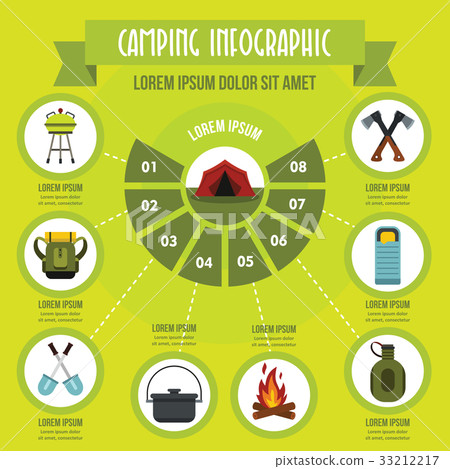Whether your outdoor tents included guy lines pre-attached or you're utilizing your own, seeing to it they are taut and appropriately placed is critical to stop damages and boosting security. Guy lines (also known as guy ropes) connect the outer walls and rainfly to anchor points-- normally camping tent risks, yet if ground conditions require it different services can be made use of.
Tensioning
If you've ever before established a tent and discovered the roof to be less than tight or the outer wall sagging, you possibly weren't correctly guying it out. These lengthy cords, or ropes, are called individual lines and are created to attach to details factors on the rainfly and tent framework. They prolong outside and stake right into the ground, maintaining the structure versus side wind forces that would otherwise distort or harm outdoor tents textile and seams.
Executing wind reduction approaches, routinely inspecting and readjusting guy line tension for temperature level modifications, and protecting risks to the ground aid to avoid architectural honesty problems during usage. Furthermore, cleaning the whole outdoor tents to eliminate built up mold and mold is important for keeping devices safety and longevity.
Stabilizing
Many camping tents come with grommets or loops for man lines built into the outer fly of the structure. These crisscrossing cords are essential when you desire your outdoor tents or awning to stand up to gusty wind problems.
The technique is ensuring that each person line is limited sufficient to hold the external fly and outdoor tents body tight, however not so tight that it places unnecessary stress and anxiety on any add-on points or the material itself. For that reason, it's best to make use of a line tensioner and take your time when tightening up camping tent man lines to make sure that they do not strain or damage the accessory factor.
Whether you're leasing or acquiring a camping tent for an occasion, it's important to match the structure parts, material, and supports to the weather forecast and location of your camping area. As an example, if your event is being held outdoors, using weighted ballasts like cinder block or water barrels to supplement ground risks can aid to resist high winds.
Keeping the Rain Fly in position
Maintaining the rainfall fly taut and not touching the tent body assists to avoid water transfer from outdoors to within. This additionally improves air flow and produces a drier, extra comfy camping experience.
The crisscrossing cords that include several tents, awnings and shelters might appear like a problem, but they're essential for maintaining your camping tent in high winds. They work to pull exterior stress on the tent structure and stand up to a great deal more pressure than the slim, short risks that feature many equipment.
Making use of the line tensioner, methodically tighten each individual line around your outdoor tents up until it's firm but not extremely tight. Make sure to have enough back-length for a solid, protected knot. Once you're ended up, make certain to remove each of the lines and established them bent on dry prior to packing them away. This will protect against the accumulation of mold and mold and prolong the life of your canvas outdoor tents or rainfly.
Security
The extra assistance offered by individual lines assists to maintain a tent, even in windy problems. They help to combat lateral winds that would certainly or else turn a camping tent right into a makeshift parachute, supplying security and safeguarding campers from possible damage.
Making use of man lines additionally allows for boosted ventilation within a camping tent. By promoting a separation in between the rain fly and outdoor tents body, man lines maintain wetness and condensation from building up inside.
It's important to keep in mind that an individual line ought to be gotten used to be taut, however not extremely tight. Tighter lines might put unnecessary anxiety on the fabric canvas material and add-on factors, potentially damaging the outdoor tents or producing a dangerous setting for campers. A basic bowline knot is the ideal method to secure an individual line, making it easy for campers to readjust and separate when required. Keep a set of additional hefty secures for your camping tent in your lorry for when you're camping on challenging substrates like dirt, sand or mud.
